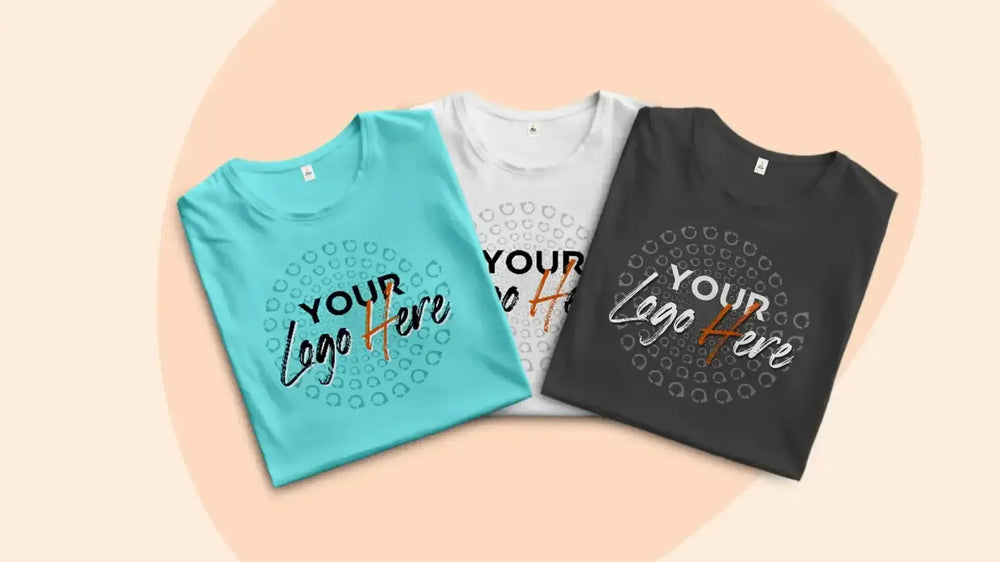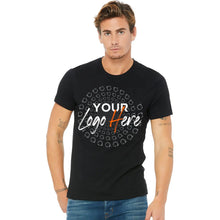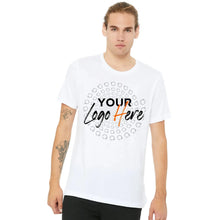What is DTG (Direct To Garment) Digital Printing?

Direct to Garment (DTG) printing is a modern printing technology that is widely used for custom apparel printing. It is one of the modern, technology-based printing techniques that made its importance in the printing market in no time. Ever since it was founded in 2004, it has evolved significantly and today, there is a range of modern printers that create unimaginable printing results for custom printing service providers.
For those keen to learn more about this ultra-smart printing technology, we have compiled this guide about Direct to Garment (DTG) printing.
History of Direct to Garment Printing
Direct to Garment (DTG) printing was first recognized as a valuable technology of printing in 2004. Until then, commercial printers relied on screen printing for the majority of printing orders for custom apparel and other things. The need for digital evolution, as screen printing was a labor-intensive job, was obvious and which is why the digital printing technique became such a big hit soon after its launch.
In the United States of America, the Direct to Garment printing technology made its entry in an SGIA show in Minneapolis in late 2004. The Kornit & U.S. Screen presented the digital direct to garment printers to the world for the first time. Until then, it was Mimaki with its GP-604 and GP-604D, leading the direct to garment marketplace. The printer options available then were very diverse and hence a deep understanding of them was essential.
At the start of 2005, Brother came up with its first digital printer GT-541. Later in October 2005, a Kiosk was launched which brought some amazing enhancements in the Direct to garment printing technology.
Finally, a big revolution started at the end of the year 2005 when the discovery of White Ink was done. Until late in 2005, Direct to Garment printing was limited to light garments as there was no white ink for lower viscosity print heads.
As U.S. Screen released white ink in late 2005, the entire market landscape was changed. The introduction of White Ink made Dark Shirts and an easy to print commodity.
As time passed, the brands come up with more innovative ways to handle the white ink and make their use more effective. There were modern printers everywhere in the market the demand for DTG was increasing at a significant rate.
Today, there are modern machines that make DTG printing a very simple deal and a bulk order takes no time in processing.
Direct to Garment (DTG) Printing: The Process Steps
Direct to Garment is a popular printing tech and has some significant steps of the process. Modern printers like the DTG Viper2, M2 or M4 are highly efficient in creating amazing designs on the t-shirts of any other surface for that matter.
The core steps of Direct to Garment (DTG) printing include:
Step 1: Preparing the T-shirt for DTG printing
Also known as pretreatment, this process is all about preparing the print surface for an effective printing result. In this process, the print surface is prepared before the final print to ensure that the ink sticks to the surface more efficiently. It is possible to print a t-shirt without a pre-treatment but then the durability of the print as well as its accuracy is compromised.
Pretreatment is done in two ways:
- Hand spraying
Most of the Direct to Garment printers come with an attached hand sprayer. The pretreatment is then filled in these sprayers and then hand sprayed on the garment. The evenness of the pretreatment on a garment s of great importance as it affects the final look of the garment.
- Pre-treatment machine
The automatic machines are very easy and effective to use. You need to load your garment to the machine and it automatically sprays the pretreatment onto the surface. Every pretreatment machine comes with a user manual that must be followed strictly.
Step 2: Creating the graphics for print
As the technology is digital, graphic designing takes place on the computer. To get the best printing results, the print graphic needs to be very clear, and neat. Modern technologies like CorelDraw, Photoshop or Adobe Illustrator are used to create an impressive design.
The quality of the design must be high. There are some resolution and background-related guidelines that must be kept in mind while creating the graphics for print.
Step 3: Printing using a DTG Printer
A Raster Image Processor (RIP) is the software used for DTG printing. The Raster Image Processor (RIP) converts the image into an easy-to-print format. The Raster Image Processor (RIP) does a lot of other works including:
- Generating white ink under base for printing on dark shirts
- Controlling the white and other colored inks
- Managing multi-print image placement
- Ink cost calculation
Step 4: finishing the printed shirt
As the printing is done, it is important to dry and finish the garment to ensure longevity and maximum washing.
The shirts are typically treated at 340 degrees F for 2-3 minutes. However, there are other finishes available that differ based on the type of curing sheet such as Teflon, parchment, release sheets, etc.
Direct To Garment Printing Advantages & Disadvantages
Every printing process has some pros and cons and it is important to have a detailed understanding of the process. Direct to Garment process is modern technology and is used for its efficacy. Let us discuss the advantages and disadvantages of DTG technology.
Advantages of Direct to Garment printing:
- Great for on-demand production
Direct to Garment printing is a great option for on-demand production as the cost of setting up the printing for one garment is the same as bulk.
- Premium image quality
As the digital designing software allows to create intricate details, the print quality in DTG printing is exemplary.
- Easy to use
The technology including the pretreatment and final printing and even use of the printing software is very easy and there is no learning curve involved.
- No color limitation
You have the freedom to choose your print colors as the technology allows you to print whatever color you want.
- Eco-friendly
The printing technique uses water-based ink and hence is a very eco-friendly printing choice. Moreover, it does not waste a lot of water for washing and drying the garment.
Disadvantages of Direct to Garment technology:
- The DTG printers are expensive
The better the technology, the finer the results but technology comes with a higher price tag.
- Not suitable for bulk orders
The printing process is a bit slower than other printing options which affect the production costs significantly.
- Not ideal for all types of garments
Direct to Print technology is only suitable for garments with at least 50% cotton. The cotton absorbs the ink in a perfect manner and creates the best results.
Direct to Garment (DTG) Printing FAQS
- What are the disadvantages of direct-to-garment printing?
The core disadvantages of Direct to Garment Printing include:
- Unsuitability to all types of garments.
- It is not ideal for bulk orders
- The process of expensive as the printers are costly.
- What are the advantages of direct-to-garment printing?
Direct to Garment (DTG) has several advantages including:
- It is the best technology for on-demand production.
- The printing allows easy printing of intricate designs.
- The technology is very easy to use.
- DTG printing allows using full-spectrum colors.
- The ink used is water-based and hence safe.
- Is direct to garment printing good quality?
Yes, Direct to Garment (DTG) printing offers the best printing quality as the design is created using the best technology and has intricate details. Also, the pretreatment and the finishing ensures that the garment has high washing ability which makes it very durable.
- How long does direct-to-garment printing last?
Direct to Garment (DTG) printing s very durable and lasts for up to 50 washes or more. However, there are some experts who also suggest the DTG printing lasts way beyond the age of the garment.
- Does direct to garment printing fade?
Direct to Garment printing really does not break but the fibers of the print can break off which actually looks like fading effect. You can easily wash the garment as many times as possible for the garment fabric to sustain itself.
- Does DTG print crack?
Yes, DTG prints can crack but there are many reasons why this happens. The way the garment is handled including washing, drying and folding affect the print.
Also, if the ink is under-cured during the production process, it can cause a cracking problem.
Direct to Garment printing is a very dependable printing technique and is being used for commercial printing purposes. At Custom One Online, we are a reliable and reputed printing company. We specialize in Direct-to-Garment printing and have successfully handled hundreds of orders.
Place your Direct to Garment (DTG) printing orders connect with is ay Custom One Online and we will deliver the best quality printing results to you.


















